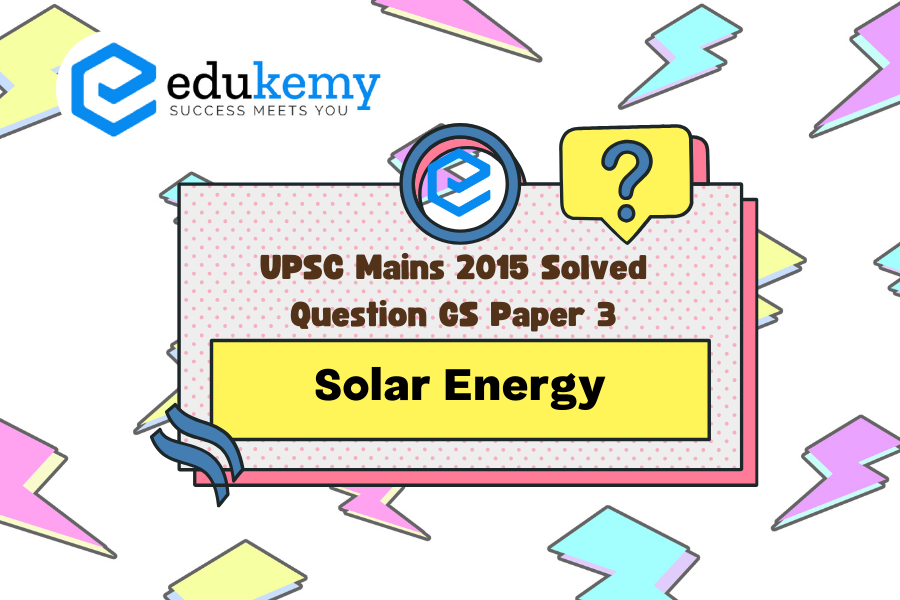The recent dramatic fall in equipment cost and tariffs of solar energy can be attributed to several key factors. Firstly, advancements in technology have led to increased efficiency and reduced production costs for solar panels and related equipment. Additionally, economies of scale resulting from the widespread adoption of solar energy have driven down costs further. Furthermore, government incentives and subsidies aimed at promoting renewable energy sources have played a significant role in lowering the financial barriers to entry for solar energy projects.
The implications of this trend for thermal power producers and related industries are substantial. As solar energy becomes increasingly cost-competitive, thermal power producers may face greater pressure to lower their prices or invest in renewable energy alternatives to remain competitive in the market. Additionally, industries dependent on thermal power generation, such as coal mining and natural gas extraction, may experience decreased demand, potentially leading to economic challenges and job losses in these sectors. Overall, the shift towards cheaper solar energy signifies a significant transformation in the energy landscape, with wide-ranging implications for both producers and consumers.
Tag: Infrastructure: energy, ports, roads, airports, railways etc.
Contents
Decoding the Question:
- In introduction, try to write about India’s solar power target with respect to INDC.
- In body,
- Discuss factors responsible for the fall in equipment cost and tariff of solar energy.
- In the second part of the answer discuss implications for thermal power producers and related industries.
- In conclusion, try to write about challenges in achieving solar energy targets.
Answer:
India is striving to reach its goal of 175 GW of installed renewable capacity by 2022. Now, with the kind of initiatives the government and different companies are taking, it is likely that the renewable energy target of 450 GW by 2030 will also be achievable. The government is totally committed to enabling its Paris Agreement commitments and companies are taking many efforts to ramp up capacity. Under INDC commitment, the government decided to achieve a 40% target by 2035.
Factors responsible for fall in equipment price:
- Competitive pricing: “While this rate is very competitive compared to thermal plant tariffs, and lucrative for power distribution companies entering long-term power purchase agreements, this is a floor for developers if they want to make money.”
- Policy Support and Change: Industry players believe that in the post-Covid era, few reform measures should be implemented immediately. Investment in grid and utility modernisation needs to be strongly pursued to upgrade the infrastructure. This can be a key driver for economic recovery and job creation.
- Private participation: India’s renewable energy efforts are being led by solar energy. Vikram Solar is ready to play a critical role in creating a self-sustaining ecosystem for solar manufacturing in India aligned with the Government’s Atma Nirbhar vision.
- Newer technologies: new-age technologies like artificial intelligence, cognitive modelling, machine learning, deep learning, virtual reality, augmented reality, robotic process automation amongst others to enhance our agility and efficiency in operations.
- Promote Solar power industry: To promote Make in India initiative and reduce import cost of solar panels, the government has been pushing the solar energy industry to produce low-cost equipment, which will boost the solar power sector.
- Promote employment: Indigenous production of solar panels and related material will generate a significant number of employment. Therefore, the Government is pushing to reduce tariffs on all important materials.
- During the pandemic, the government’s policy initiatives like – supporting force majeure, reducing repo rate, making solar plant O&M an essential service, removing tariff caps for solar tends, PLU scheme amongst others clearly indicates the growing support towards solar energy.
- The current solar tariffs in India, which are between Rs 2.50-2.87 per kilowatt-hour (kWh), have stabilized at rates 20-30 per cent below the cost of existing thermal power in India and up to half the price of new coal-fired power, according to the latest study.
- It is important to note here that solar energy is now faster to build, cheaper than new coal fired power plants, less prone to fuel volatilities and less regulated from an environmental clearance perspective (which can be quite tough in India). It is also a clean source of power.
Thus, changing climate and Paris commitment led India’s path to achieve renewable targets in general and solar energy in particular. Still there are certain policies, investors, tariffs, and other challenges remaining to optimize solar energy and related industries in India. If India wants to become a net exporter and become a globe leader in the renewable energy sector, especially in solar energy.
In case you still have your doubts, contact us on 9811333901.
For UPSC Prelims Resources, Click here
For Daily Updates and Study Material:
Join our Telegram Channel – Edukemy for IAS
- 1. Learn through Videos – here
- 2. Be Exam Ready by Practicing Daily MCQs – here
- 3. Daily Newsletter – Get all your Current Affairs Covered – here
- 4. Mains Answer Writing Practice – here


